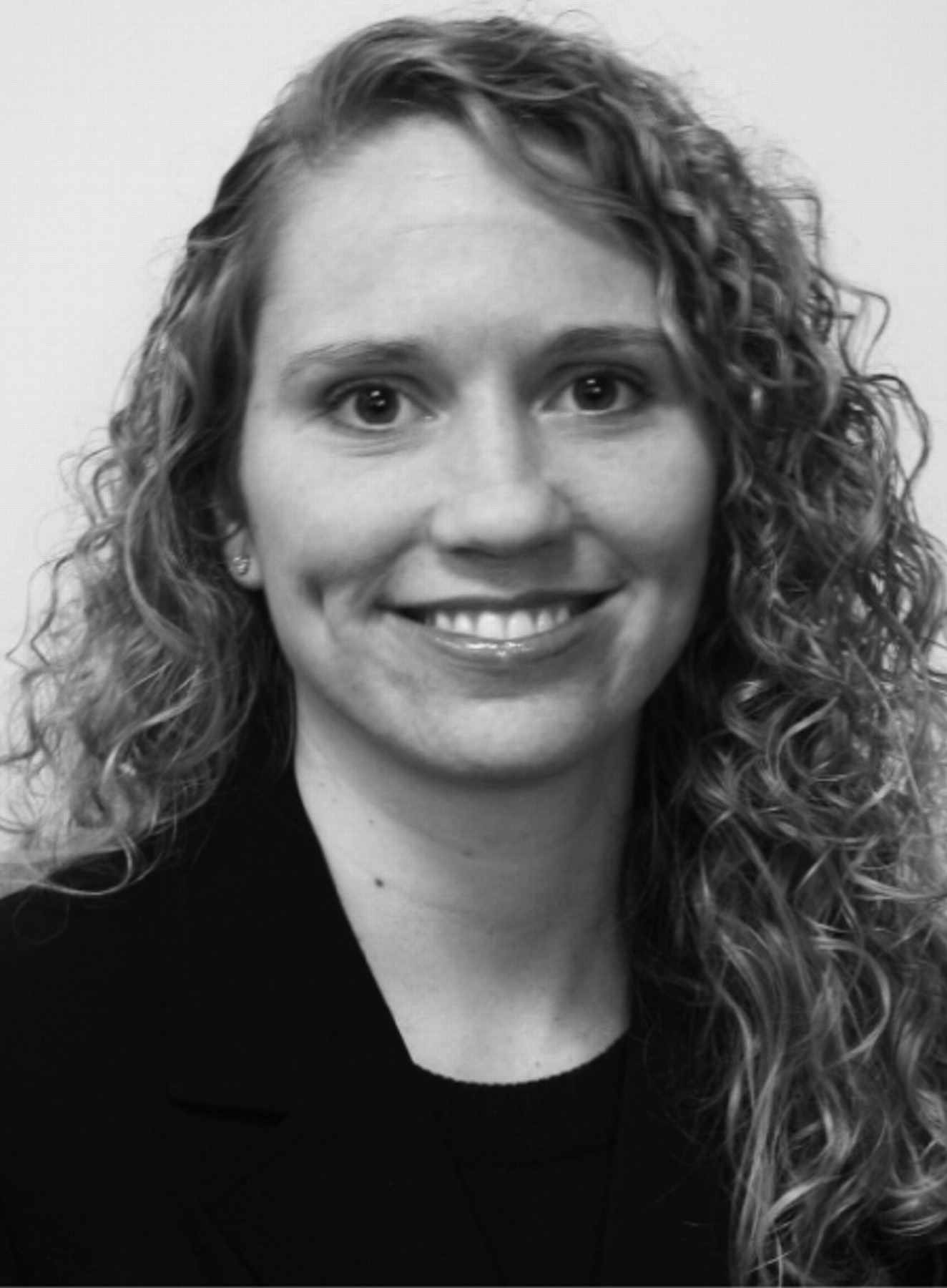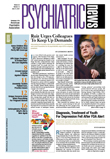This is a difficult time to be a psychiatrist, and especially a psychiatrist in training. Over the past year, the field of psychiatry has witnessed many controversies and dilemmas. Medicare changes have complicated our patients' already complex lives. Many of our patients suffered an exacerbation of their symptoms, not through the natural course of illness, but through changes in medication mandated by their insurance.
There has been national media attention about “overmedicating” and “overdiagnosing” children with mental illness. At the same time, there are editorials about insufficient mental health treatment for youth, especially in the wake of national tragedies such as the massacre at Virginia Tech.
And while the media direct attention to the prescribing practices of psychiatrists, there are bills in state legislatures to allow psychologists to prescribe many of the same medications that psychiatrists do but with significantly less training. And despite public outcry about access to psychiatric services, mental health insurance parity is not yet a reality. What is a young psychiatrist to think?
As a psychiatrist in training, I find myself feeling anxious about practicing in a field with so much controversy and so many paradoxes of such great importance. I have never questioned becoming a psychiatrist—I know that I could do nothing else as fulfilling in my life; however, I am acutely aware of the challenges inherent to psychiatry, especially in the current political and social milieu. I worry about how to provide the best care for my patients within the constraints of inadequate mental health care insurance coverage. I worry about how the people who never reach my office will find mental health care, given the challenges of access. I worry about how the veterans returning from overseas will obtain appropriate mental health care for themselves and their families. I worry about the influence that the pharmaceutical industry has over psychiatric research and the comparatively scarce government funding as an alternative means for this research. And when I think that I have finally identified all of the important issues, a new editorial is published, new headline-making news is announced, a new question emerges.
In my residency, there is a mantra, repeated often throughout training, from the most senior faculty down to the intern class: “never worry alone.”
We are taught that if you ever feel worried about a patient, a decision, a treatment, you should consult a supervisor to discuss the issue. I have made use of this opportunity on many occasions, even paging supervisors in the middle of the night to discuss a particularly difficult case. I am comfortable admitting that I am a worrier; in fact, I am quite accomplished at worrying. But the experience is much more tolerable when there is someone else to worry with you. Hence, my supervisors have grown accustomed to hearing my voice in the middle of the night: “Sorry to wake you, Dr. Prager, it's me again....”
But who is there to worry with me about the state of mental health care in the United States? About access to psychiatric care? About all of the many complex issues the field of psychiatry is facing?
Until last year, I did not have an answer for these questions. Then, in May 2006, I began my term as the member-in-training trustee-elect on the APA Board of Trustees.
And over the past year I have realized that not only is APA acutely aware of the myriad difficult issues facing psychiatry today, but also that APA is actively working to address these issues.
Under the ambitious leadership of Dr. Pedro Ruiz, who just completed his year as APA president, APA has worked tirelessly to analyze barriers to psychiatric treatment and improve access to care, to advocate strongly for mental health care insurance parity, to address the mental health care needs of returning veterans, to fight psychologist-prescribing privileges, and to promote collaboration between other powerful organizations with similar goals.
In addition, APA is working to further the field as a whole, through revising its Diagnostic and Statistical Manual and by offering numerous fellowships, research grants, mentorship programs, and comprehensive practice guidelines for members-in-training and for more experienced psychiatrists. As a member of APA, I have come to realize that I no longer worry alone. In fact, APA has even gone a step farther than being alert to these issues; it is committed to resolving them. ▪

